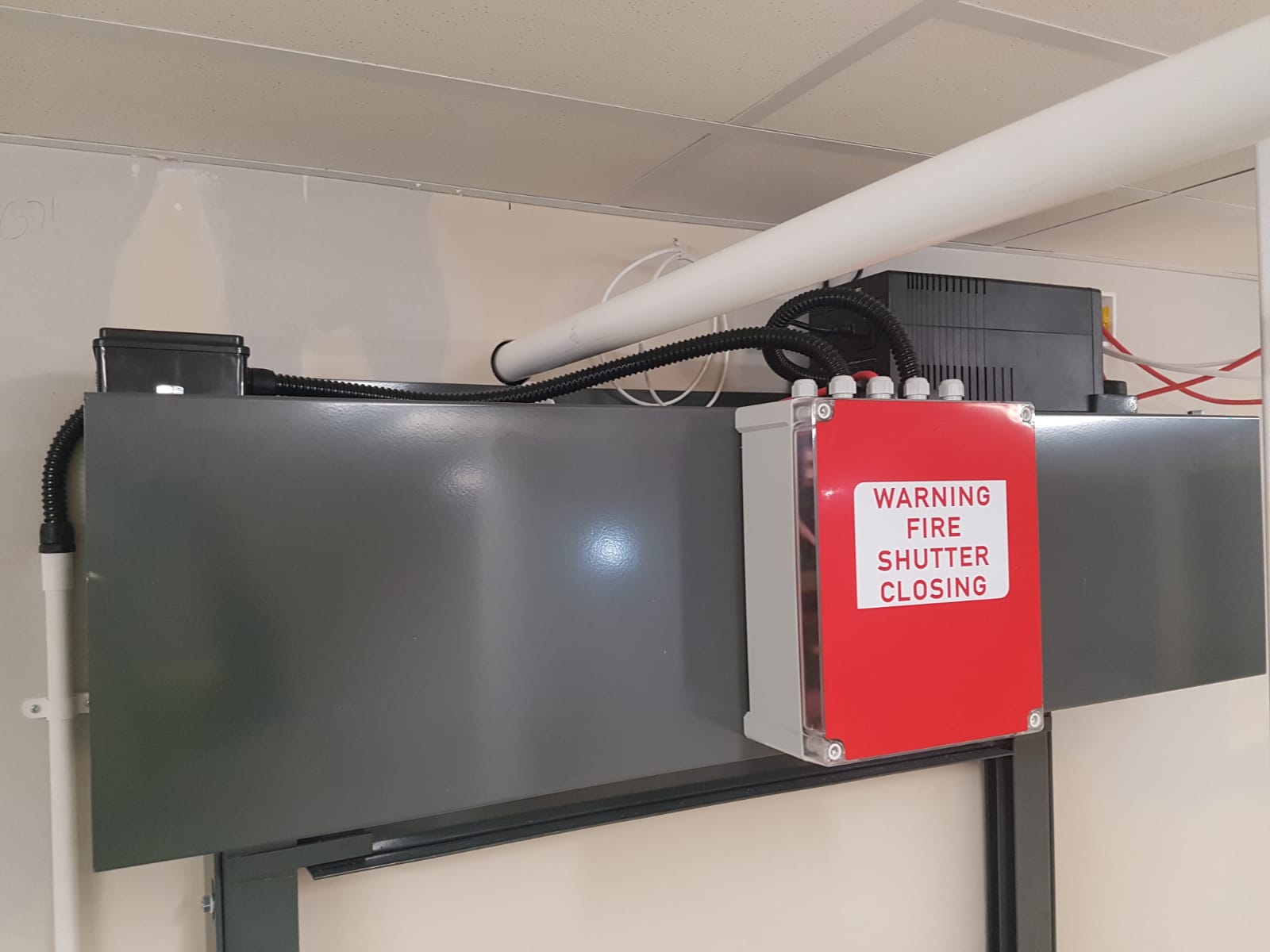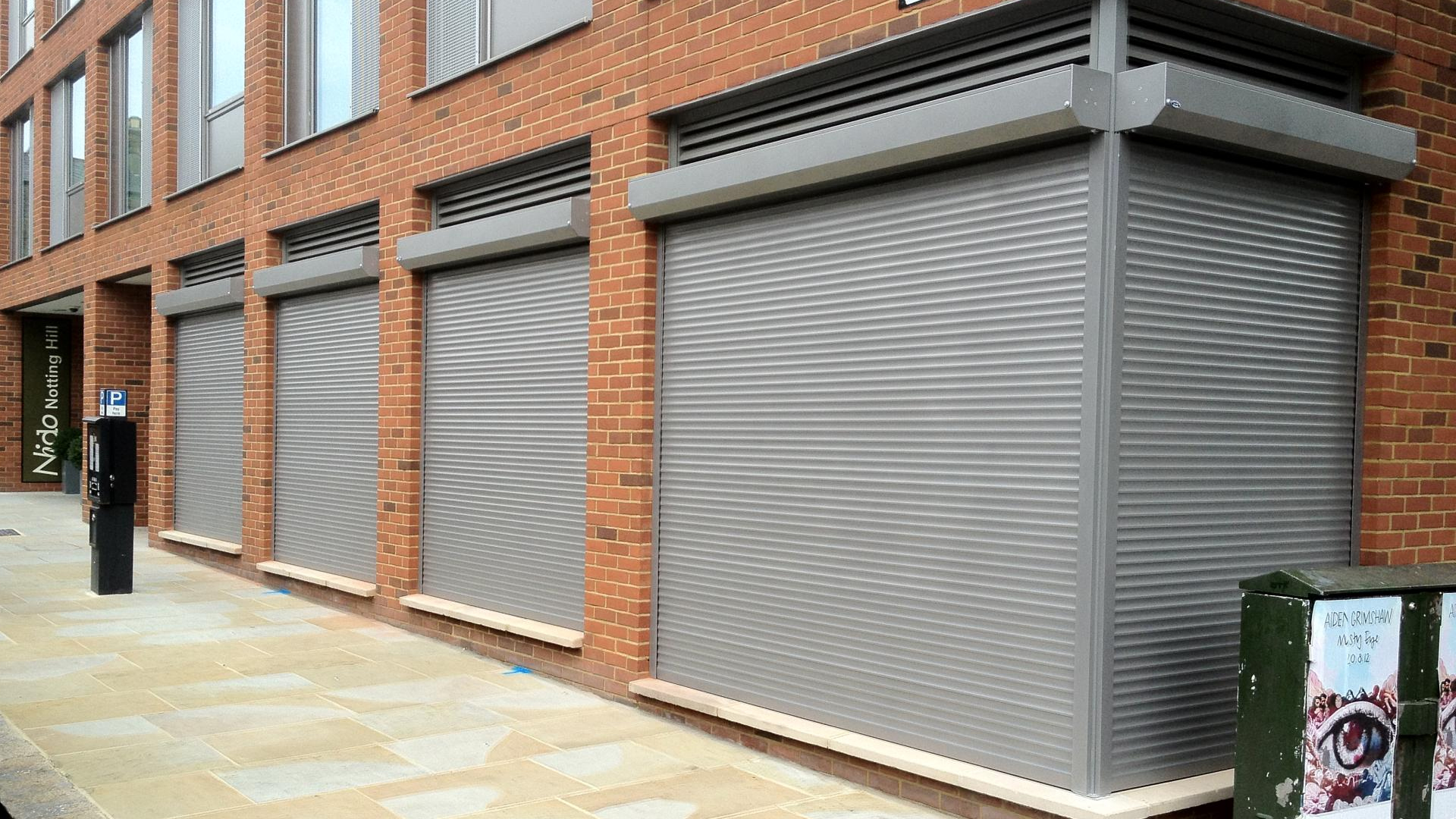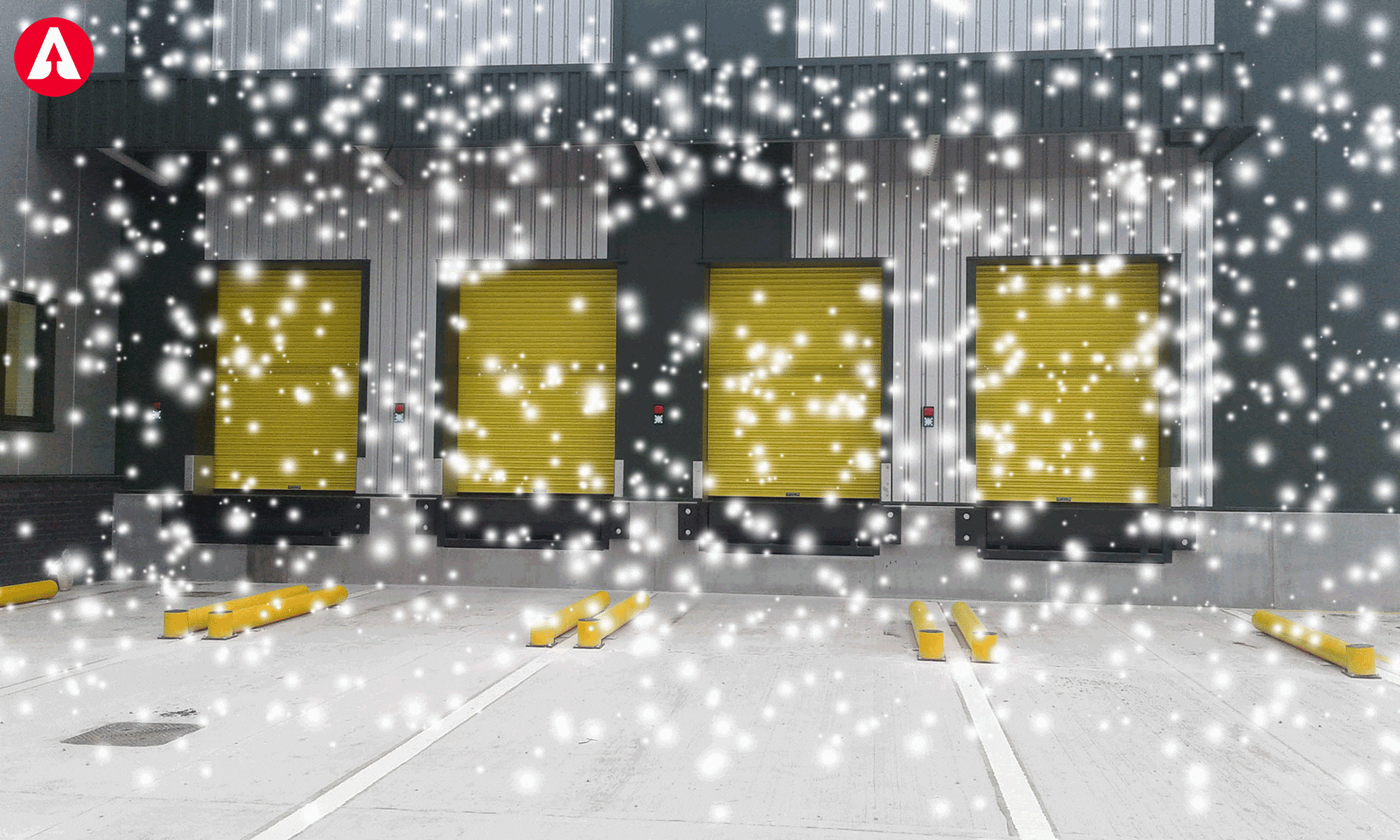

In the fast-paced industrial world, the importance of having established emergency procedures for door operations can never be overstated.
Industrial doors are indispensable assets that secure and facilitate our businesses, but without proper safeguards in place, they can pose risks to personnel and operations.
The absence of a well-planned emergency response strategy can lead to unnecessary downtime, financial loss, and worse, compromise the safety of your staff.
An emergency situation involving an industrial door can range from a sudden mechanical malfunction, blockages, or damages due to external forces such as harsh weather or accidents. The common issues leading to these emergencies often revolve around equipment failure, human error, or natural disasters. By having a deeper understanding of these potential threats, we can better prepare ourselves and minimise risks associated with these emergencies.
Industrial doors come in various forms – roller shutter doors, fire doors, and high-speed doors, to name a few, each with its unique set of risks. For instance, roller shutter doors may face issues with their spring mechanism, while high-speed doors could be subject to damage due to their fast movement if an obstruction occurs. Understanding the unique attributes of each door types is a crucial step in making the right choice.
In the event of an industrial door emergency, the initial response should be to secure the area and ensure the safety of all personnel. This might involve evacuation or controlled shutdown procedures. Furthermore, engaging emergency release mechanisms might be required to prevent further damage or risk – knowing when and how to use these is essential for every staff member interacting with these doors. If they do not have this training, it is recommended to call a specialist out to deal with the situation.
Prevention is always better than cure. Regular inspections and maintenance of your industrial doors can pre-emptively detect issues that may evolve into emergencies down the line. Simple activities such as lubricating moving parts, checking the integrity of the door structure, and testing safety features contribute significantly to the safety and reliability of your industrial doors.
Equipping your staff with the right knowledge and skills to respond to emergencies is vital. This includes regular training on the operation of industrial doors, understanding potential risks, and proper response in emergency situations. The effectiveness of any emergency response plan is only as good as the people who execute it.
Creating an emergency response plan isn’t just necessary, it’s a fundamental step towards ensuring the safety of your personnel and the smooth operation of your facilities. Here’s an example of a shortened version of an industrial door emergency response plan:
By adopting a plan akin to the above, you’re taking a proactive stance in mitigating risks, ensuring preparedness, and promoting a culture of safety within your organisation.
Operating industrial doors safely extends beyond their installation – it’s about the thorough development and implementation of an emergency response plan. Prioritising safety and preparedness can make a difference in preventing accidents and potential downtime.
Remember, an efficient business is a safe business, and it starts by being prepared today.








